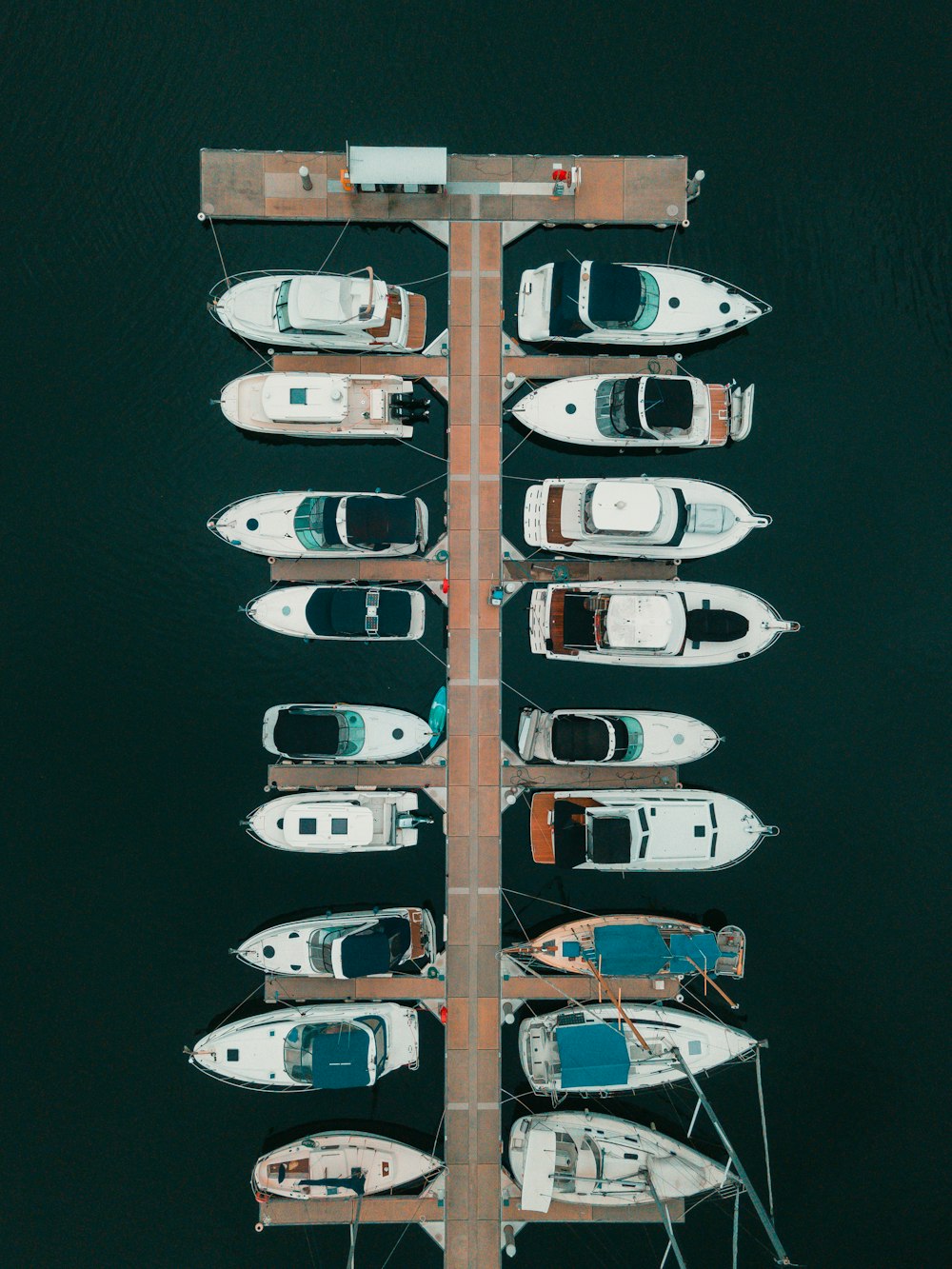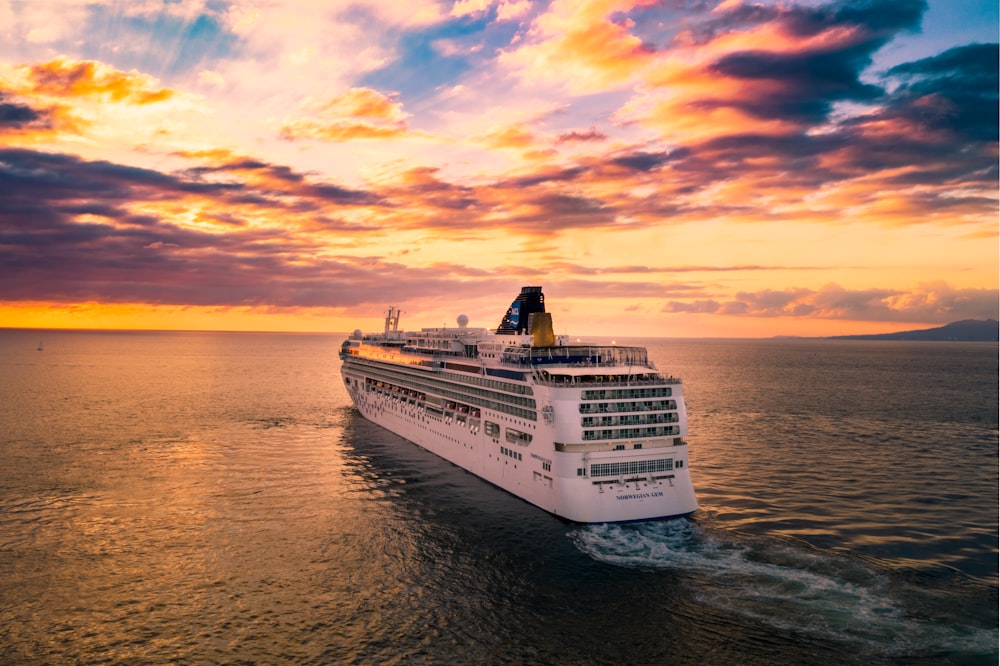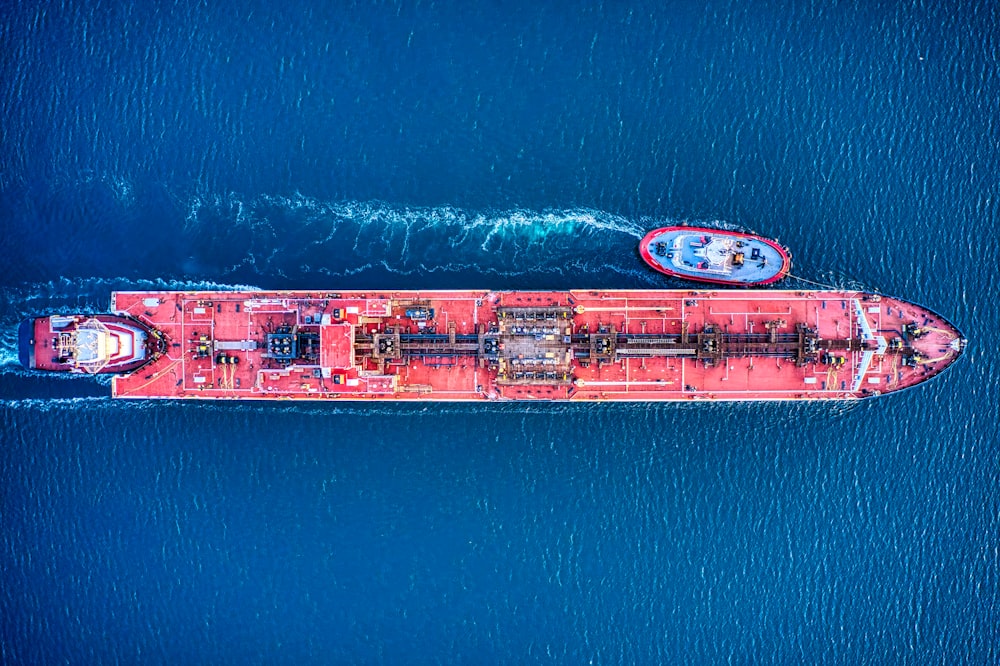What do laid-up ships mean?
The term laid-up ships means that ships are temporarily inactive due to lack of cargo or temporarily discontinued out of commercial operations. When freight rates are insufficient to cover the running costs, ships are laid-up. During times of economical crisis, instead of the sale of the ships, laying up is preferred.
What are the types of laying-up options?
There are two different laying-up options. The two laying up options are the hot laying up and cold lay up Malaysia.
What are the Factors to Consider When Laying Up Ships?
There are nine factors to consider when laying up ships. The nine factors to consider, are the focus on cost efficiency and safety, type of layout, the optimal lay-up location, controlling the costs of lay-ups, technical challenges during lay-up, the class requirement of lay-up, the validity of ISM and ISPS certificates, insurance considerations for vessels in lay-up and bringing the vessel back into service.
Focus on cost-efficiency and safety
In order to limit costs and execute lay-ups in a safe and sustainable way, owners are advised to seek support from stakeholders with experience in dealing with the lay-up of high-value assets as they evaluate the best way to proceed.
Type of Layout
For ships that will be out of service for up to three months but remain fully operational in terms of class and flag, with routine maintenance, it is suitable to use the hot layup method. For ships that will be pulled for up to twelve months, a warm layup should be carried out. For instance, if the vessel has been mothballed for several years, a cold lay-up process that takes about a month or more should be carried out.
Optimal Lay up location
By taking the ship’s current position into account, the lay-up site for hot and warm lay-up should ideally be close to the vessel’s anticipated sailing route. For high-value assets such as cruise ships, security is essential. If there are local emissions restrictions in place, shore power supplies are also key for cruise ships.
Controlling the costs of layups
The main purpose of laying up a ship is to achieve significant savings. There are some ports that are waiving port fees for passenger vessels during critical periods.
Technical challenges during lay-up
During a short-term hot lay-up, the technical challenges are likely minimal, however, it increases the longer the ship is out of action.
Class requirements of lay-up
The vessel’s operational status change must be informed by the owners in the writing. There is no need for class attendance if there is no overdue survey.
Validity of ISM and ISPS certificates
If the periodical audit window has expired within the first six months of lay-up, the ship will be required to undergo interim verification as part of the recommissioning process because the certificate will be considered invalid.
Insurance considerations for vessels in lay-up
The type of lay-up and location, mooring and stability, supervision of the vessels in terms of security, power supply, water integrity, fire and other safety measures, and minimum crewing level determines the insurance of the typical layup. For more information, click here.
.







Leave A Comment